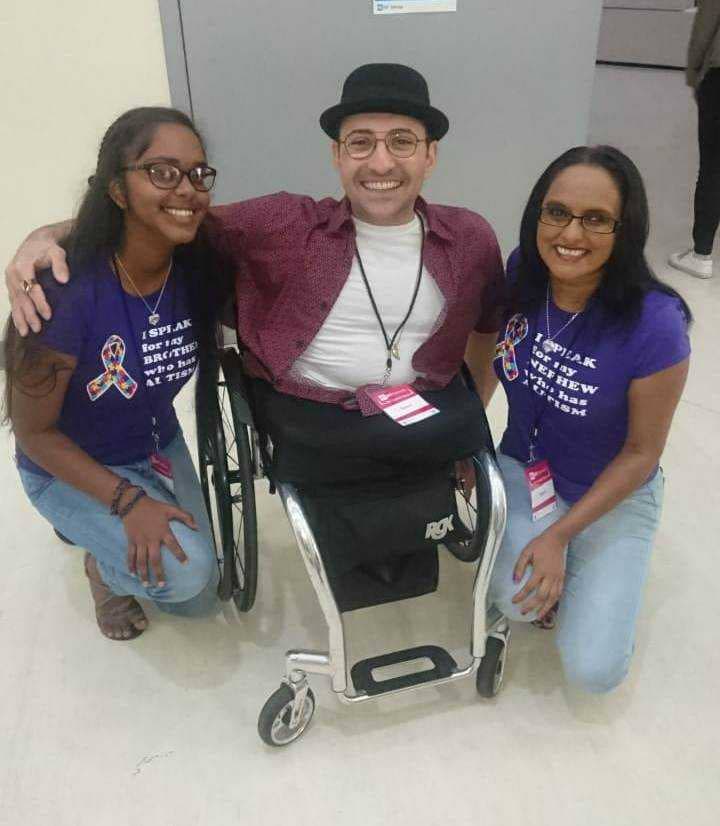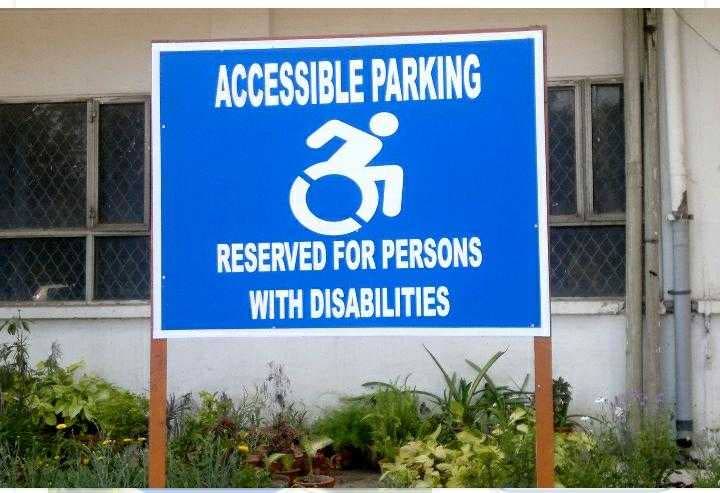Living with a disability

DR RADICA MAHASE
(Part I)
SPENCER WEST is a social activist and motivational speaker who lost both his legs due to a genetic disorder when he was five-years-old.
He is one of the biggest international campaigners for a better life for those with disabilities.
His concept of “Redefine Impossible” encourages people with various disabilities to fulfil their potential and to find opportunities in every challenge.
He is the perfect example of an individual who has redefined what it means by impossible.
In fact, six years ago, he climbed Mt Kilimanjaro on his hands and wheelchair.
West would make anyone question the concepts of “disabled” and “disability” as he has shown through his own experiences that, though labelled “disabled” he has accomplished many things that many “normal” people cannot even dream of doing.
The World Health Organization (WHO) notes that disability is “an umbrella term, covering impairments, activity limitations, and participation restrictions.
“Impairment is a problem in body function or structure; an activity limitation is a difficulty encountered by an individual in executing a task or action; while a participation restriction is a problem experienced by an individual in involvement in life situations.
“Overcoming the difficulties faced by people with disabilities requires interventions to remove environmental and social barriers.”
The statistics are alarming. According to the World Health survey, there are approximately 785 million (15.6 per cent) people 15 years and older living with a disability. The Global Burden of Disease, which measures childhood disabilities (0–14 years), estimated that 95 million (5.1 per cent) children have a disability.
The statistics for TT are rather limited owing to lack of clinical data collection mechanisms. The 2011 Census focuses on physical disabilities such as hearing and speech impairment etc, but “hidden disabilities” such as autism and attention deficit hyperactivity disorder (ADHD) are omitted. The WHO has estimated that an average of 15 per cent of the total world population, based on 2010 global population estimates, live with some form of disability. Based on this estimate, there would be approximately 180,000 people with some form of disability in TT.
When we look at the lives of people like West we can see the problems with labels and definitions and stereotypes. Is “normal” really as “normal” as we think it is? Is it fair to assume that everyone who is “normal” can achieve their fullest potential because they are “normal”? In fact, what is “normal”? Who decides what is “normal”? What makes a “normal” person better than a special-needs person who has accomplished more than that “normal” person?

The words “disable” and “disability” have very negative connotations that only restrict a person. There are so many cases where people with “disabilities” have excelled way beyond what a “normal” person has. In these cases surely it’s more appropriate to use “differently abled” and “different ability” instead of “disability”. On another note, why do we need these definitions? How do labels and definitions help someone?
At the levels of politics and in terms of healthcare and social services we need the definitions and labels. When it comes to policy development and implementation we depend on the labels and definitions to guide us. As much as they are negative, they are also restrictive – they are used to define those who can access social services, specialised services, etc.
Unfortunately, these definitions and labels often lead to stereotyping in our country. Words like “retarded”, “dotish”, and “dumb” are used as synonyms for “disability”. People with different abilities are usually the focus of bullies; they are subjected to stares and public ridicule and adults especially, prefer to remain out of public spaces. Fortunately, these are issues that can be remedied through education and awareness campaigns; concerted efforts to address misconceptions and explain various types of disabilities will go a long way in changing attitudes in our country.
That’s why the work done by West at an international level, and by people like Shamla Maharaj and Sharda Ramlakhan at a local level, are so important in creating positive changes for those with physical and hidden disabilities. The WHO expects that the number of people with disabilities will continue to rise, especially as populations age. If this is the case, then TT needs to put things in place to deal with these increases.
The next part of this article will examine various measures that can be developed and implemented to cater to those with different abilities.
Dr Radica Mahase is the founder/director of Support Autism T&T


Comments
"Living with a disability"